Independant City Units Part 2:
The Greek Rebel Faction icon in Hegemonia is a torch and two crossed swords, both symbols that are associated with the Greek war-god Ares
Hegemonia is back.... not that we ever went away ;)
Hello Once again Hegemonia fans,
Contrary to popular belief this mod is still alive and kicking and just to prove it nice old SoR has got off his fat bottom and made you some pictures to drool over.
Without further ado as im sure only about 30% of you bothered to read what i just wrote.
1. Apollonian Hoplites
Apollonia in Illyria was located on the right bank of the Aous river. It was founded in 588 BCE by Greek colonists from Kerkyra and Corinth, and was perhaps the most important of the several classical towns known as Apollonia. The site was already used by Corinthian traders and the Taulantii, an Illyrian tribe, who remained closely involved with the settlement for centuries and lived alongside the Greek colonists. The city was said to have originally been named Gylaceia after Glyax, its founder, but the name was later changed to honour the god Apollo.
Aristoteles considered Apollonia an important example of an oligarchic system, as the descendants of the Greek colonists controlled the city and prevailed over a large serf population of mostly Illyrian origin. The city grew rich on the slave trade and local agriculture, as well as its large harbour, said to have been able to hold a hundred ships at a time. Apollonia, like Dyrrachium further north, was an important port on the Illyrian coast as the most convenient link between Brundusium and northern Greece, and as one of the western starting points of the Via Egnatia leading east to Thessaloniki and Byzantium in Thrace. It had its own mint, stamping coins that have been found as far away as the basin of the Danube.
Map of the region around Apollonia.
2. Chalkidian Hoplites
The earliest recorded mention of Chalcis is in the Iliad (2.537), where it is mentioned in the same line as its rival Eretria. Chamber tombs at Trypa and Vromousa dated to the Mycenaean period were excavated by Papvasileion in 1910. In the 8th and 7th centuries BC, colonists from Chalcis founded thirty townships on the peninsula of Chalcidice, and several important cities in Sicily. Its mineral produce, metal-work, purple and pottery not only found markets among these settlements, but were distributed over the Mediterranean in the ships of Corinth and Samos.
With the help of these allies, Chalcis engaged the rival league of its neighbour Eretria in the so-called Lelantine War, by which it acquired the best agricultural district of Euboea and became the chief city of the island. Early in the 6th century BC, its prosperity was broken by a disastrous war with the Athenians, who expelled the ruling aristocracy and settled a cleruchy on the site. Chalcis subsequently became a member of both the Delian Leagues.
3. Elian Hoplites
Elis is in southern Greece on the Peloponnesos peninsula, bounded on the north by Achaea, east by Arcadia, south by Messenia, and west by the Ionian Sea.
The first Olympic festival was organized in Elean land, Olympia, Greece by the authorities of Elis in the 8th century BCE - with tradition dating the first games at 776 BCE. The Hellanodikai, the judges of the Games, were of Elean origin.
The local form of the name was Valis, or Valeia, and its meaning, in all probability, “the lowland.” In its physical constitution Elis is practically one with Achaea and Arcadia; its mountains are mere offshoots of the Arcadian highlands, and its principal rivers are fed by Arcadian springs.
Eleans were labelled as the greatest barbarians ßa?ßa??tat?? by musician Stratonicus of Athens in Athenaeus, Deipnosophistae VIII 350a.
Map of the region around Elis.
4. Leukadian Hoplites
Leukas (also known as Lefkada) is a Greek island in the Ionian Sea on the west coast of Greece, The city of is at the north of the island
The myth about Sappho's suicide at Cape Lefkada is related to other myths linking the island to the ancient Greek goddess of love, Aphrodite, and to Odysseus, the hero of Homer's Odyssey. There exist several passages in the Odyssey suggesting that Lefkada is the real model for Homeric Ithaca. The most notable of these passages describes Ithaca as an island reachable on foot, which is the case for Lefkada, that is connected to the mainland by a narrow causeway.
Folklore has it that once upon a time, thousands of years ago, Lefkada was attached to mainland Greece (see above about Homer's Ithaca bein Lefkada). Some say the Leleges, its first inhabitants, transformed into an island, others that the Corinthians dug a trench in its isthmus.
Map of the region around Leukas.
5. Potidaean Hoplites
Potidaea was a colony founded by the Corinthians around 600 BCE in the narrowest point in Pallene in the western point of Chalcidice in Thrace. Potidaea maintained trade with Macedonia.
During the Delian League conflicts occurred between Athens and Corinth. However, the Corinthians sent a supreme magistrate each year. Potidaea was inevitably involved in all of the conflicts between Athens and Corinth.
The people revolted against the Athenians in 432 BCE, but it was besieged during the Peloponnesian War and taken in the Battle of Potidaea in 430 BCE. The Athenians preserved the city until 404 BCE, when it was passed into Chalcidice.
Map of the region around Potidaea.
and as an extra treat feast we present you these two teasers.
Regards
The Hegemonia Team
This thread will be updated regularly.





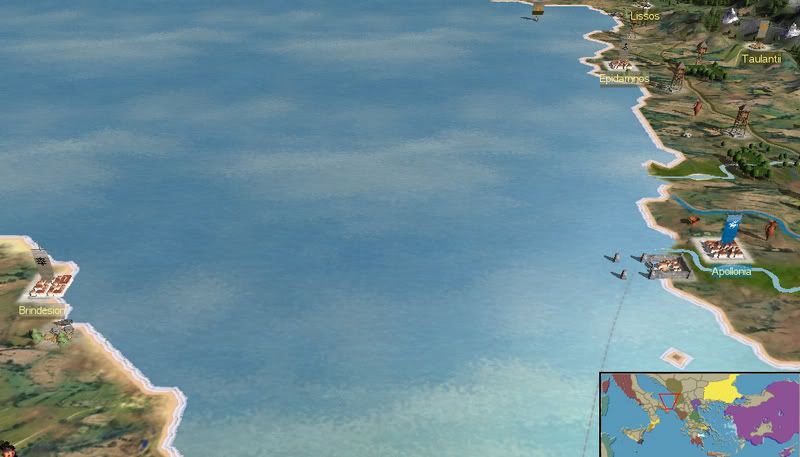
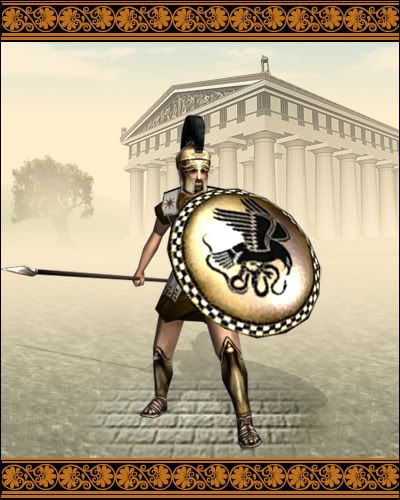
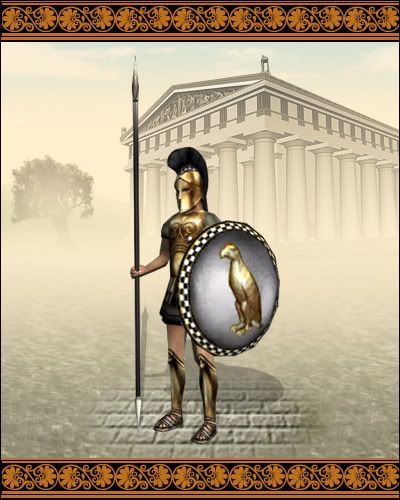
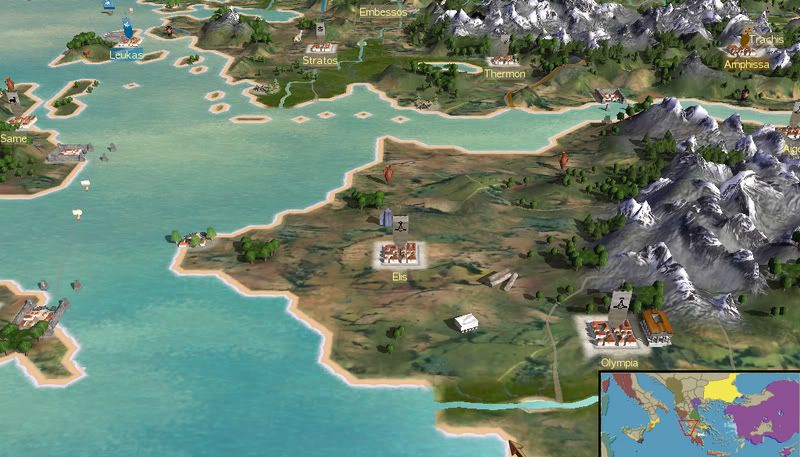
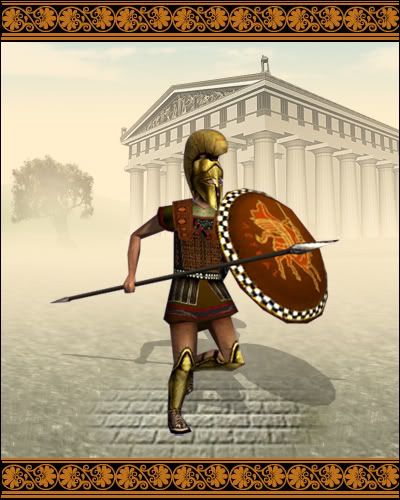

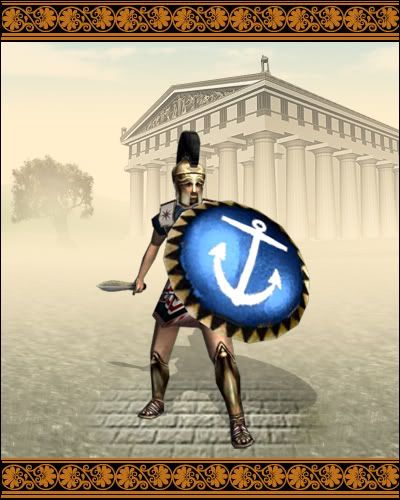
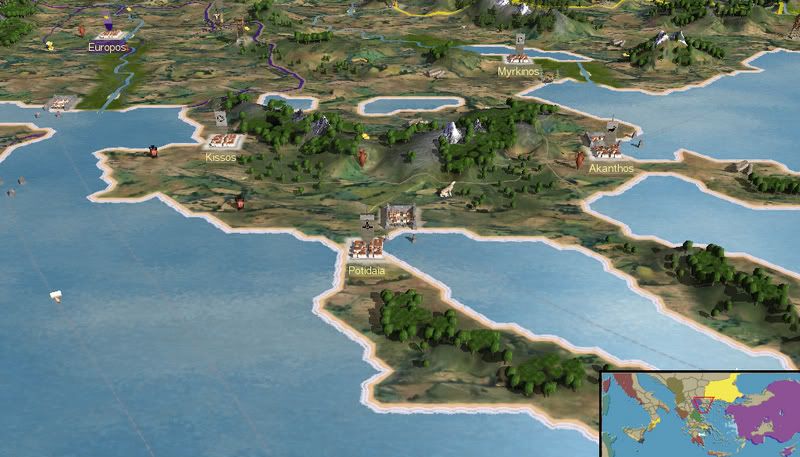
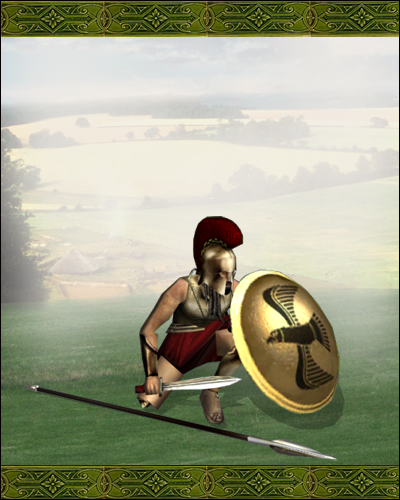
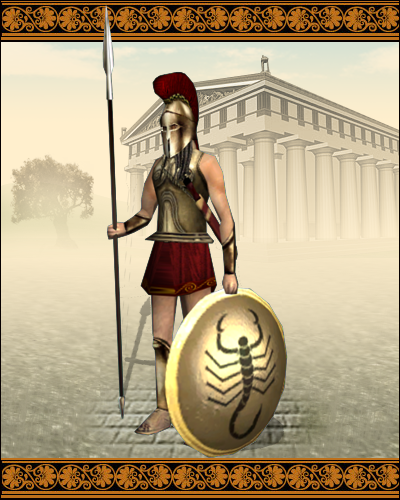


 Reply With Quote
Reply With Quote





Bookmarks